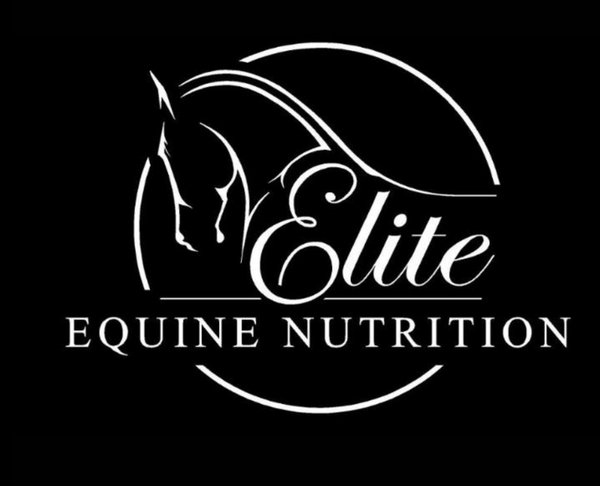Rhodes Hay and Hay Changes – Let’s Feed Smarter

We’ve seen a lot of chatter online about Rhodes grass hay “causing impaction colic.” …. The truth? Rhodes hay itself isn’t the bad guy.
Most colic cases linked to hay changes — Rhodes or otherwise — are due to how the change was made, not the hay type alone - meaning human error (sorry)
The gut needs time to adjust,Your horse’s digestive system is full of good bacteria (microbes) that break down fibre.
If you suddenly swap from one hay to another, those microbes don’t get the chance to adapt — which can lead to:
• Gas or impaction colic
• Loose manure
• Loss of appetite
How to change hay safely
- Days 1–3: 75% old hay + 25% new hay
- Days 4–6: 50% old hay + 50% new hay
- Days 7–10: 25% old hay + 75% new hay
- Days 11–14: 100% new hay
Extra tips:
- Mix the two hays together, don’t just feed side-by-side.
- Keep water fresh — encourage drinking, especially in cooler weather.
- Check hay quality every time before feeding.
The takeaway…Rhodes hay is a safe, low-sugar, high-fibre choice when fed correctly, And like anything you feed, always check the quality — avoid dusty, mouldy, or overly stemmy bales if you can.
The secret to avoiding tummy troubles isn’t avoiding Rhodes — it’s changing ANY hay type slowly and thoughtfully
